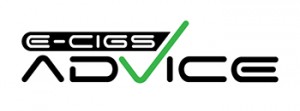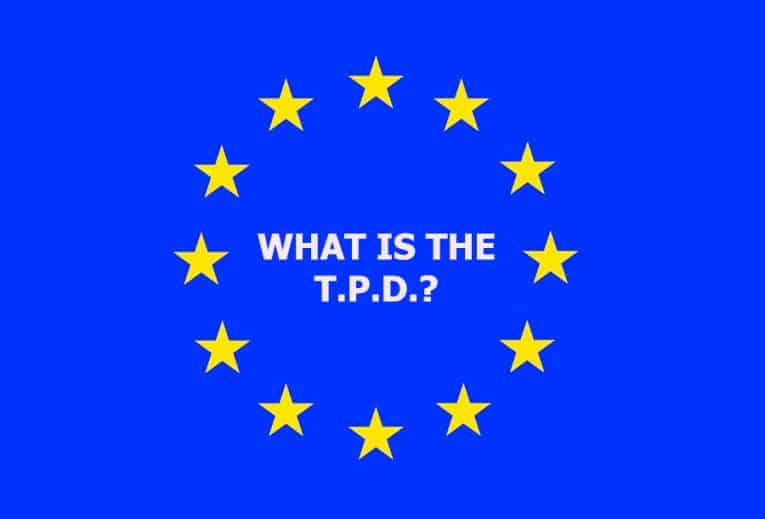Electronic cigarettes are still relatively new – they’ve only been on sale in Europe and the USA for about ten years – and a lot of people still don’t know what to make of them.
Up to now that’s included governments.
Until quite recently most countries didn’t have much in the way of vaping laws, but now that’s changing fast.
The USA has recently passed an almost total ban on e-cigarettes and liquids, Australia has been harassing vapers for a couple of years and now, in the EU, we have the Tobacco Products Directive.
This was approved by the European Parliament in 2014, in the face of furious opposition from vaping advocates, and it became law on 20 May 2016.
The TPD is an extensive set of regulations and most of it focuses on actual tobacco products – it’s why packs of ten cigarettes have disappeared, for example.
The bit that relates to vaping is called Article 20, and it imposes a set of very strict rules on what can be sold and how vendors are allowed to sell it.
Officially the aim is to make sure e-cigarettes are high quality and safe to use, but the actual effect is to ban many of the most popular devices and liquids.
It also means that, in future, vapers in the EU won’t be able to get the latest gear unless they order it illegally from overseas.
WHAT ARE THE NEW RULES?
There are quite a lot of them. Here are the most important ones:
- Maximum capacity limit for atomizers. The new rules set a maximum liquid capacity of 2ml for all devices, whether they’re pre-filled cartridges or refillable. The good news is that there’s a loophole; some tanks come with a 2ml capacity, but can be easily expanded using an upgrade kit. The UK is apparently happy to allow this loophole – but most EU countries aren’t.
- Maximum liquid strength. The TPD sets an upper limit of 20mg/ml of nicotine. That isn’t a problem for most sub-ohm vapers, who tend to use much lower strengths, but people who’ve recently quit smoking need more nicotine to get the effect they want.
- Maximum refill size. For some reason the EU thinks small packs should be illegal for cigarettes, but compulsory for e-liquid; there’s now a size limit of 10ml on bottles of liquid. That’s going to increase packaging waste. It’s also bad news if you like premium US liquids. These usually come in 30ml bottles – and the new regulations in the USA mean that adding a 10ml size would cost them around $2 million per flavor and strength. They’re not likely to spend that much just so they can export to the EU.
- Bottle drip limit. The EU seems to have a morbid obsession with e-liquid bottles. The TPD states that bottles have to have a permanently attached spout that lets no more than 20 drops a minute out when the bottle is held upside down. Obviously that means you’ll have to squeeze the bottle to fill your tank, so no more glass bottles.
- Notification period. Before any new vapor product can go on the market the manufacturer or importer has to file notification paperwork with regulators. The product can’t be sold until six months after the paperwork is filed. This means EU vapers won’t be able to buy the latest products – and, by the time it’s legal to sell a new mod or atomizer in the EU, factories in China will probably have stopped making it and moved on to the next model.
- Fees. There are some hefty charges if you want to register a new product. In the UK there’s a fee of £220, plus a £60 annual charge, to submit the notification paperwork – but before you can do that you have to spend between £3,000 and £8,000 on testing and medical literature searches. For a liquid maker selling a couple of dozen flavors that’s quite a lot, so choice is likely to shrink.
- Advertising ban. The TPD makes it illegal to advertise electronic cigarettes. The ban covers newspapers, magazines, TV, radio and online adverts. It also prohibits industry sponsorship of any event that has “cross border effect”, whatever that means.
- Cross border sales restrictions. Sales across borders within the EU aren’t automatically illegal, but countries have the option of banning them (and some already have). Even where they’re allowed the vendor has to register with the authorities in their home country and every EU member where they have potential customers. Which means all of them.
These are just the main points. There are a lot of other details; for example, all packaging will have to carry health warnings – even though no health risks have actually been found. There are also some worrying hints that the EU would like to ban refillable e-cigs completely.
WHAT DOES IT MEAN?
In short, e-cigarettes and liquid are going to cost more in the EU from now on – and there’s going to be a smaller choice of devices and flavors.
Vapers who prefer high-nicotine liquids won’t be able to buy them legally, so a black market will almost certainly emerge.
It’s also likely that some people will import pure nicotine from China and either mix their own liquids or use it to make legal ones stronger.
Pure 100% nicotine is cheap, and easy to find online – but it’s also dangerous unless you have the right equipment and know exactly what you’re doing.
Another likely effect of the TPD is that fewer smokers will switch to vaping.
The advertising ban means it will be harder for vendors to make smokers aware of the alternative, and health warnings could scare many people off – if e-cigarettes need a health warning just like tobacco ones, that makes them look just as dangerous.
DOES IT MAKE SENSE?
No. The TPD makes no sense at all. Around 700,000 people die in the EU every year from smoking-related diseases; lit tobacco is the largest cause of premature deaths.
If the EU had any sense they would be encouraging smokers to switch to vaping, not trying to make it as difficult and unattractive as possible.
Unfortunately, it’s obvious the EU isn’t interested in fixing what it’s done.
Several scientists have complained that the EU misrepresented their work to justify the restrictions on tank size and nicotine strength; their complaints were ignored.
In fact, the EU Commission is already using the same misrepresentations to argue that the rules aren’t strict enough.
As long as the Commission has control of proposing new laws, things are likely to keep getting worse for vapers in the EU.

